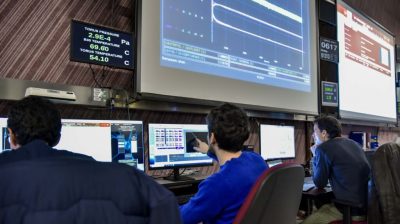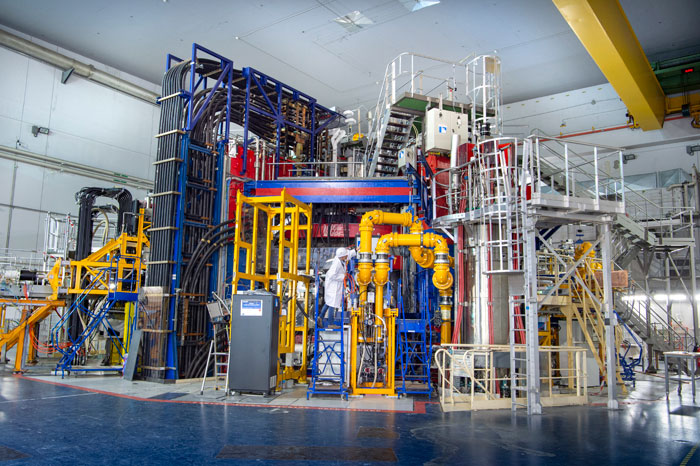
On February 12, the French experimental reactor WEST (W-Tungsten Environment in Steady-State Tokamak), one of the EUROfusion consortium medium size Tokamak facilities, set a new world record by sustaining plasma stability for 1337 seconds—over 22 minutes. This milestone, announced by the French Atomic Energy Commission (CEA), marks a significant step because maintaining plasma stability for extended periods is one of the most significant obstacles in bringing fusion power to commercial viability.
This new record surpasses the previous benchmark set by China’s EAST (Experimental Advanced Superconducting Tokamak), which managed to sustain plasma for 1066 seconds on January 20. WEST’s world record has exceeded the recent achievement of the Chinese reactor by 25%.
The key to WEST’s success lies in its advanced heating and plasma stabilization techniques. Researchers injected 2 megawatts of power using lower hybrid radiofrequency waves, creating a steady plasma current that prevented instabilities. Additionally, the reactor’s tungsten-based components, designed to withstand extreme heat and neutron exposure, played a critical role in sustaining the fusion reaction over such an extended period.

These advancements provide valuable insights for the large-scale ITER (International Thermonuclear Experimental Reactor), the world’s largest fusion experiment, set to begin operations in the coming years. Lessons from WEST’s breakthrough will help refine ITER’s strategies, ensuring that future reactors can sustain plasma for even longer durations under optimal conditions.
Looking ahead, WEST researchers aim to push the boundaries even further by increasing heating power to 10 megawatts and extending plasma stability beyond the current record. Such progress aligns with ITER’s ambitious goals, where fusion reactions are expected to generate gigawatts of power, reinforcing the feasibility of fusion as a clean energy solution.
